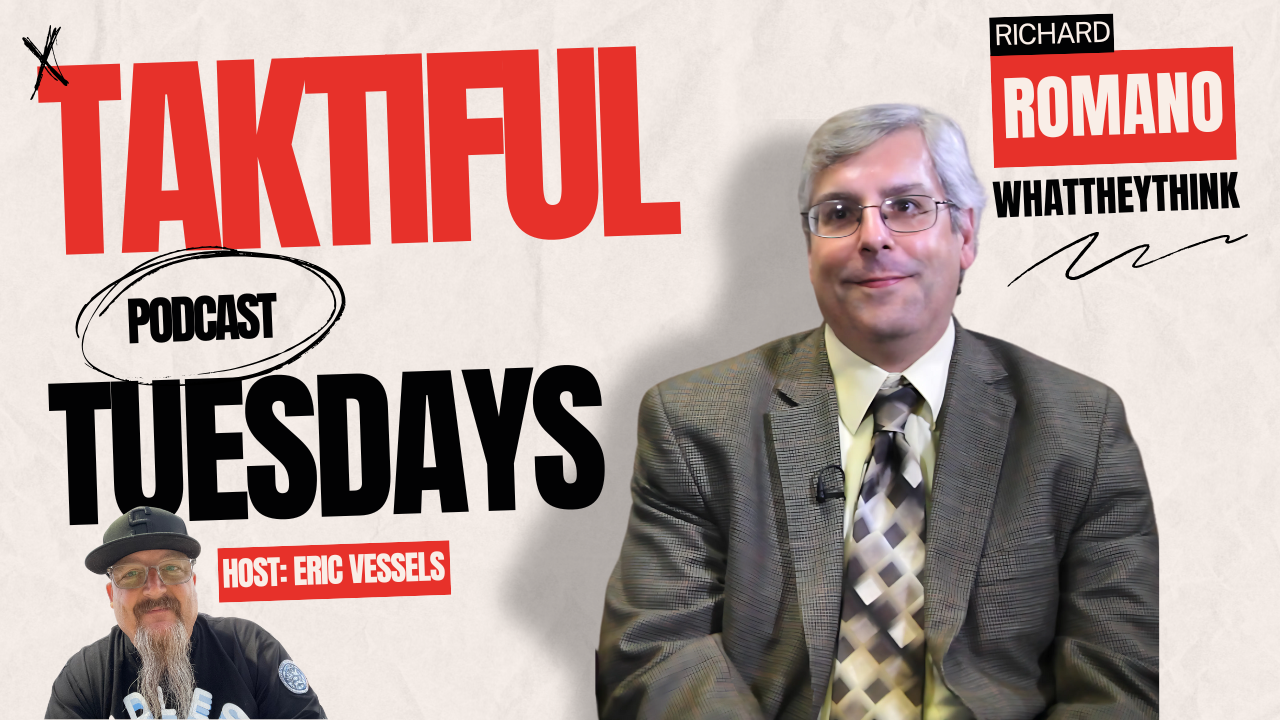
The following post was originally published by
Jane Tabachnick on November 25, 2009, as
It Takes A Village and is reproduced here with her permission.
.

Green marketing is no longer solely the responsibility of the marketing department. Successful marketing actually depends on, well, the new marketing team; the members of that team however, may surprise you.
As businesses embrace a sustainable model, they move from a shareholder to a stakeholder focus; the latter is a more diverse group, and its members are participants in receiving and transmitting your messaging. That is really good news when done properly; it can be detrimental for an organization that doesn't get it right.
Those stakeholders are composed of anyone that is influenced by the company directly or indirectly, including shareholders; in this newer model, stakeholders and shareholders need not be mutually exclusive. It also includes employees and their families, communities surrounding a company facility, supply chain and partners, customers and any charities the company donates time or services to. In this newer model, stakeholders and shareholders need not be mutually exclusive.
Marketing, perhaps in conjunction with a Chief Sustainability Officer or other similarly titled role, now has two general audiences for which to create messaging frameworks -- internal and external. Internal is anyone who may be perceived as a part of the company, whether a payroll employee, a board member or a valued partner. External remains the traditional audience marketing has been speaking to: prospects and customers.
The success of any green marketing program is actually more than just that. It can hold the key to the success and brand reputation of a company that is making green claims and promises. If the internal team has not gotten and embraced the company's message, the repercussions can be significant and potentially damaging to the brand.
A reputable and responsible company can be perceived as greenwashing if the communication internally is not properly executed; this can be as harmful to a brand as actually engaging in bad corporate behavior.
Consider the following scenario, which I have experienced on a few occasions. An advertisement touts a green product you are not familiar with. You contact the company to find out more. The person who answers the phone, whether it is a receptionist or a member of the sales team, gives you the verbal equivalent of a blank or confused stare. They have no idea what green product you are referring to and don't seem to recognize any terms that were mentioned in their own ad; they are even unaware of what products are being advertised, and don't know who to refer you to within the company. Cleary, this scenario outlines problems that extend well beyond green marketing requirements.
While in-depth green expertise and knowledge is not to be expected of an entire organization, achieving a base level of understanding, as well as awareness of a your company's mission and corporate behavior, is certainly attainable, as is identifying the go to experts within the organization.
The advent of social media necessitates this shared company wide knowledge. All levels of employees become part of your marketing team as they engage in social media, whether designated by the company to tweet and blog, or on their own when posting their
LinkedIn profiles.
The old model of marketing pushing outbound messages to a target audience has been replaced by a multi-participant, two-way conversation, changing the game significantly and requiring many more participants to be successful.
The key to successful green marketing starts internally by creating a well-informed team of stakeholders, who are now part of the marketing team. For green marketing to succeed, it takes a village.
 The following post was originally published by Jane Tabachnick on November 25, 2009, as It Takes A Village and is reproduced here with her permission.
.
The following post was originally published by Jane Tabachnick on November 25, 2009, as It Takes A Village and is reproduced here with her permission.
.
 The following post was originally published by Jane Tabachnick on November 25, 2009, as It Takes A Village and is reproduced here with her permission.
.
The following post was originally published by Jane Tabachnick on November 25, 2009, as It Takes A Village and is reproduced here with her permission.
.














